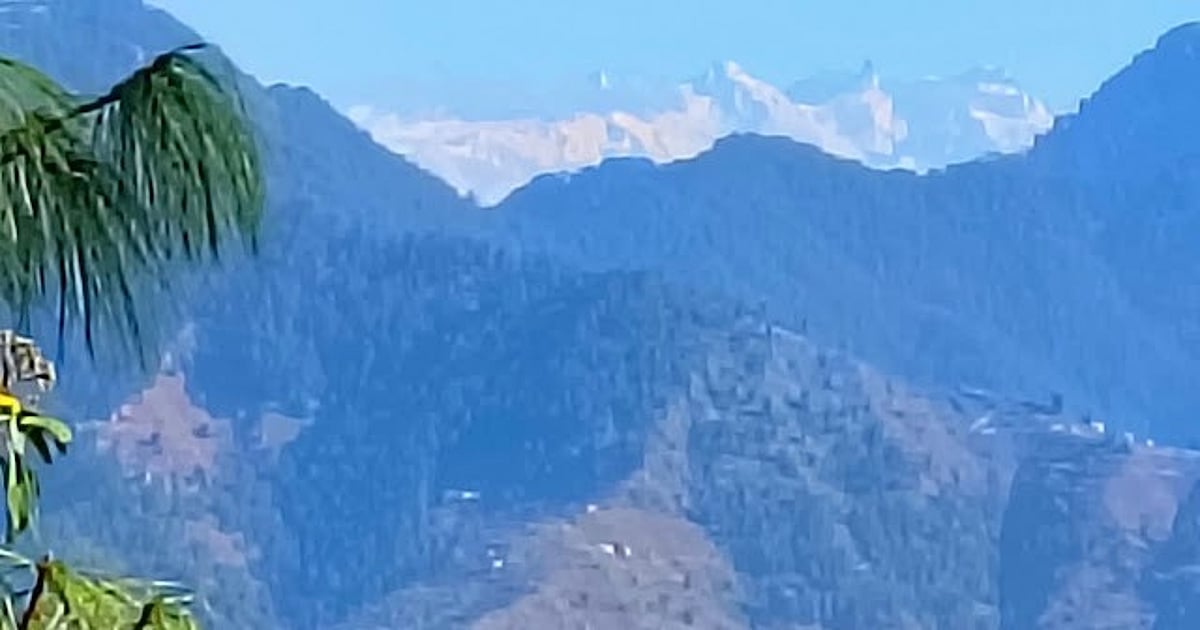Himalayan states like Himachal suffer from a double whammy: On the one hand they are in revenue deficit, because they have limited sources of income. They have no industrial or manufacturing base, services sector or surplus agriculture (other than the apple crop).
On the other hand, the cost of providing basic development to the people is double that of the plains, because of topographical and climatic reasons.
The only low-hanging source of income they have is their natural resources — the forests and rivers — and these are therefore being exploited ruthlessly for hydel projects and tourism, causing immense damage to the ecolog, and resulting in the death and destruction we have been witnessing in the last few years. (Himachal has diverted 11,000 hectares of dense forests for various non-forestry projects in the last 20 years alone.)
This is being further exacerbated by climate change, which is drastically altering the hydrology of the rivers, accelerating glacial melt and the threat of GLOF (glacial lake overflow).
The irony, and tragedy, is that this need not be a zero-sum game — if only the central government was to recognise the real wealth and contribution of these states to the national economy and well-being.
According to a 2025 report by the Institute of Forest Management, Bhopal, the total forest wealth of Himachal was valued at Rs 9.95 lakh crore. The report calculated the annual total economic value (TEV) of Himachal’s forests at Rs 3.20 lakh crore — this includes Rs 1.65 lakh crore for carbon sequestration, Rs 68,941 crore for eco-system services, Rs 32,901 crore as the value of biodiversity, Rs 15,132 crore for water provisioning, Rs 3,000 crore for regulatory services such as flood control and sediment retention.
